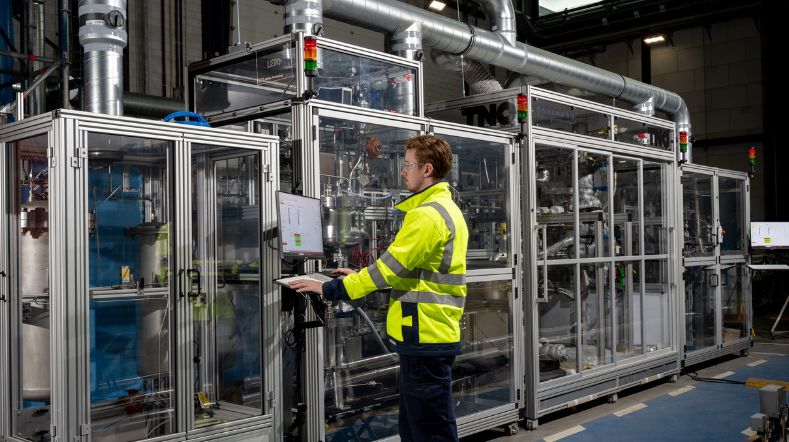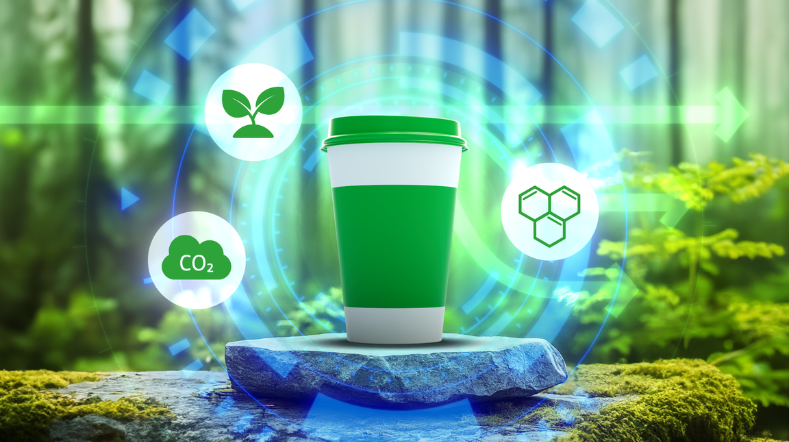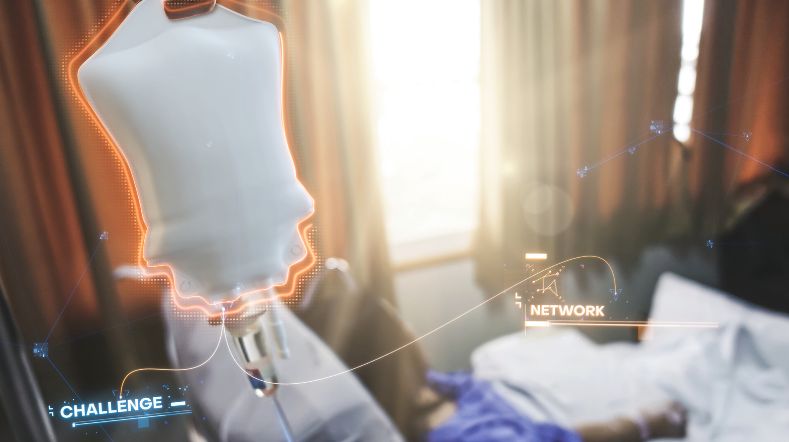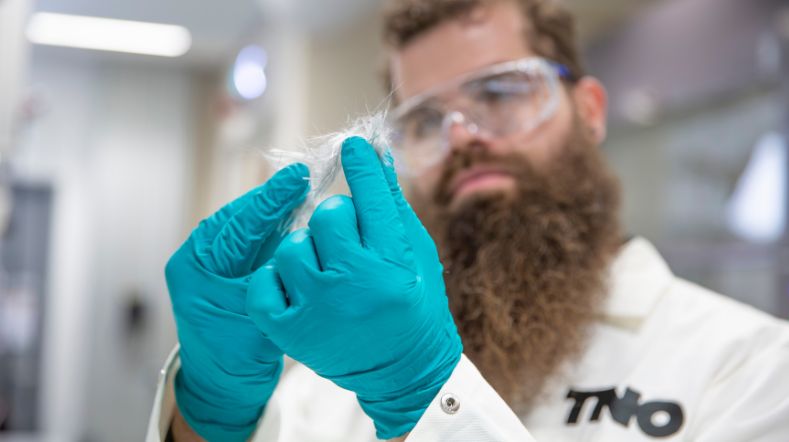
Circular plastics by 2050: what will it take?
In 2022, just 11.2% of plastic produced in the Netherlands was circular (Plastic Europe, 2024), meaning it came from recycling or bio-based sources. To achieve a fully circular system by 2050, TNO, commissioned by the national Growth Fund programme Circular Plastics NL (CPNL), conducted research into the information needs of stakeholders in the plastics value chain. What knowledge do different stakeholders need, and how can these information needs best be fulfilled?
More information needed
To kick off the transition to 100% circular plastics, the first thing to do is gather more information from the various organisations that have a stake in the transition to a circular plastic value chain. We interviewed 44 organisations from government, society, and finance, as well as companies from the physical plastics value chain.
What kind of knowledge and data do organisations need?
We asked the stakeholders what information they needed when it comes to the circular plastics transition. In particular, they mentioned that they lacked knowledge and data in 7 areas:
- Consumer education: how can organisations provide simple and reliable information to consumers so that they can make sustainable choices? And how can organisations find out more about changing consumer behaviour?
- Product design: what effects do material and design choices have on plastic processing (collection, sorting, and recycling) and sustainability?
- Technology: how can organisations deploy new materials, improve current processing technologies, and boost the quality of recycled plastic?
- Environmental impact and health: how can the impact of plastic be measured by more than CO2 emissions alone, such as the impact of microplastics?
- Legislation and measures: what are the current regulations on the circular transition? What would a change in legislation mean for a given organisation?
- Investment climate and revenue models: what costs and risks are associated with investing in circular plastics?
- Systemic questions: what does the transition pathway to a circular future in 2050 look like? What technologies and policies need to be developed to achieve a circular system?
Quote from an interviewee: 'It needs to be easier for consumers to make decisions, e.g. cardboard packaging instead of plastic for biscuits.'
Need for tools, methods, and FAIR data
Based on the knowledge required in the 7 areas, we have identified a number of tools and models to help achieve the circular transition. For example, there is a need for a tool that provides insight into how to sort or dispose of waste, such as an app that guides users step by step in separating paper, plastic, glass, and organic waste. There should also be a method to gain insight into the impact of microplastics.
Furthermore, our analysis shows that knowledge and data are still lacking, tools are not always complete, and a methodology that links sub-aspects and domains is called for.
Finally, stakeholder organisations in the plastics value chain need data that are FAIR ‒ findable, accessible, interoperable, and reusable ‒ and collected and managed in a secure way.
Shared vision and closer cooperation
The organisations we interviewed see all stakeholders in the plastics chain as being jointly responsible for the circular transition.
They also highlighted the need for a shared vision on how to bring about the circular plastics transition. This will require more cooperation in the chain – not just between the chain partners themselves, but also between them and the government. At the moment, for instance, the standards for food-safe packaging are so strict that it is difficult to recycle it into new plastic packaging. The regulations are so stringent that one interviewee even joked that 'it’s safer to eat the packaging than what’s inside'.
If the government worked more closely with supply chain partners when legislating, it could make the option of using recycled or bio-based plastics a more attractive one.
System Integration and Design strengthen CPNL
This research confirms that ‘System Integration and Design’, part of CPNL, is essential for improving and closing plastic chains. CPNL's Systems Integration and Design programme promotes this by subsidising research and fostering collaboration.
Do you want to contribute to better insight into (inter)national plastic chains and their societal impact, such as on the economy, technology, environment, and health? Click here for more information about this programme line.
Curious about the research?
Read more about the conclusions towards information needs and wider needs in the report: 'Transitioning to a circular plastics economy by 2050’.
Would you like to know more about the scenario models that TNO is developing to guide the transition to a circular economy, or discover the environmental impact of microplastics?
Get inspired
From lab to market: TNO steps up sustainable plastic recycling with dissolution


Webinar: Biobased plastics in a sustainable future


Biobased plasticisers: from compliance to competitive edge


Early results show the potential of circular healthcare plastics


Enhanced solvolysis contributes to the future of composite recycling



